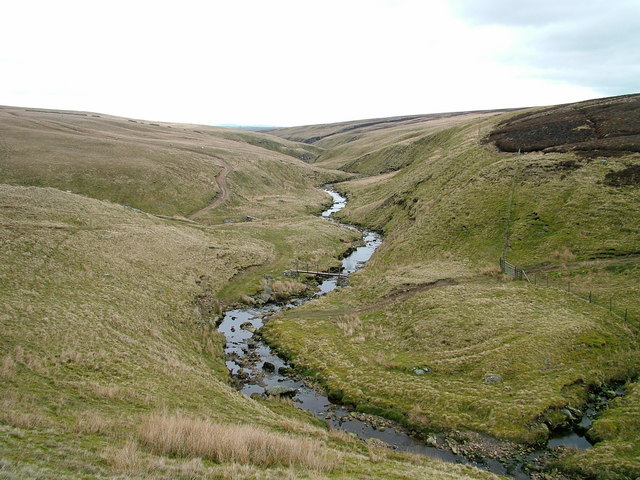Hollin Side Wood
Wood, Forest in Durham
England
Hollin Side Wood

Hollin Side Wood is a picturesque woodland located in Durham, England. Covering an area of approximately 200 acres, it is a popular destination for nature enthusiasts and those seeking tranquility amidst the hustle and bustle of city life.
The wood is predominantly composed of native broadleaf trees, including oak, ash, birch, and beech, which create a vibrant and diverse ecosystem. The trees provide a home to a variety of bird species, such as woodpeckers, tits, and thrushes, making it an ideal spot for birdwatching.
Numerous walking trails crisscross the woodland, allowing visitors to explore its beauty at their own pace. The paths wind through enchanting glades, past babbling brooks, and up gentle slopes, providing breathtaking views of the surrounding countryside.
For those interested in the area's history, Hollin Side Wood has a rich past. It was once part of a larger estate and has remnants of old stone walls and boundaries that speak to its former use as farmland. Exploring the wood, visitors may stumble upon evidence of these former structures, adding an extra layer of intrigue to the experience.
The wood is accessible year-round and offers something for everyone, whether it's a leisurely stroll, a picnic amidst the greenery, or a chance to spot some of the local wildlife. Hollin Side Wood is a cherished natural gem in the heart of Durham, providing a peaceful escape into nature for locals and tourists alike.
If you have any feedback on the listing, please let us know in the comments section below.
Hollin Side Wood Images
Images are sourced within 2km of 54.599546/-1.9441831 or Grid Reference NZ0322. Thanks to Geograph Open Source API. All images are credited.










Hollin Side Wood is located at Grid Ref: NZ0322 (Lat: 54.599546, Lng: -1.9441831)
Unitary Authority: County Durham
Police Authority: Durham
What 3 Words
///visit.rests.laughs. Near Eggleston, Co. Durham
Nearby Locations
Related Wikis
Crag Gill
Crag Gill is a Site of Special Scientific Interest in the Teesdale district in south-west County Durham, England. It lies about 3 km east of the village...
Kinninvie
Kinninvie is a hamlet in County Durham, England. It is situated to the north of Barnard Castle. Kinninvie is in the civil parish of Marwood.The name Kinninvie...
River Balder
The Balder is an English river that rises on the eastern slope of Stainmore Common in the Pennine Chain and flows eastwards for about 23.4 kilometres...
Shipley and Great Woods
Shipley and Great Woods is a Site of Special Scientific Interest in the Teesdale district of south-west County Durham, England. It occupies a steep ravine...
Nearby Amenities
Located within 500m of 54.599546,-1.9441831Have you been to Hollin Side Wood?
Leave your review of Hollin Side Wood below (or comments, questions and feedback).










